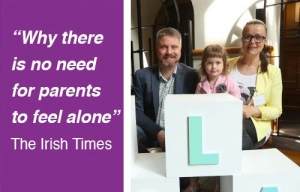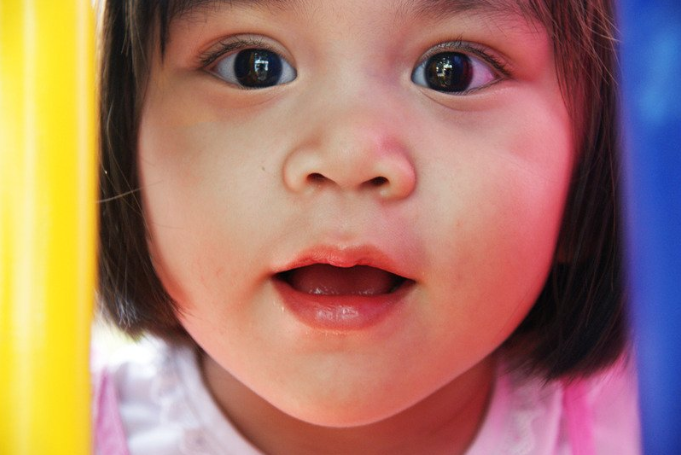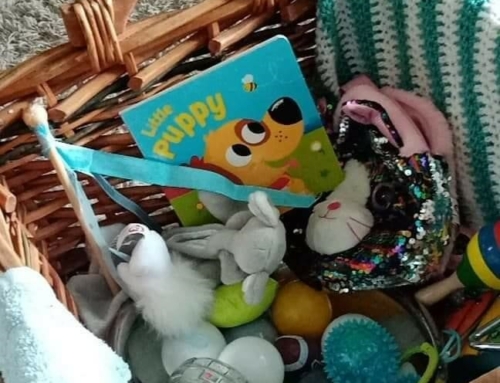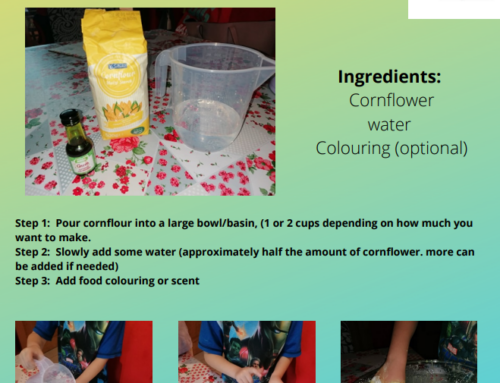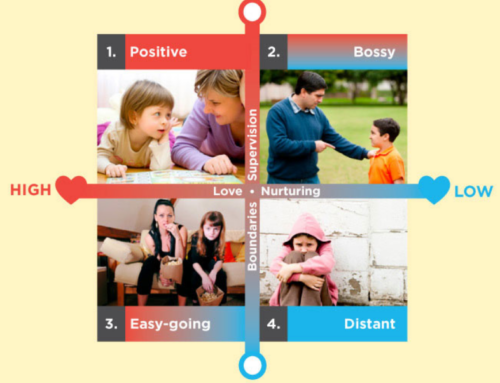Toddlers and young children learn through copying (imitating) what we do. Imitation involves both play and learning for your toddler and young child and can be split into three areas:
(1) They learn how to do so much by watching how we do things. When you notice your child is copying you it is easier to teach something new by showing them rather than telling them. Your child may be copying you even though it may not be obvious, for example you are taking out pots to cook the dinner, and the next thing you notice your child has taken all the saucepans out.
Your child is not messing he is simply copying you! Or you take your lipstick out and touch up your lips. Next thing your child has it all over his face, clothes and so on. You can use these ‘learning moments’ to teach new actions and then get them to copy you. Remember these new actions take time, practice and patience.
(2) We are our children’s role models and this includes everything we do in their company not just when we are being wonderful mums and dads!
Much of our children’s social and emotional learning happens through imitation. This helps them develop their sense of identity. What we do as parents shapes how they see themselves, how they see us and how they see others. When toddlers and young children role play they copy those close to them. It is important to say, if you want your child to grow up to be a caring parent then playing with a doll and pram is important for both boys and girls.
You may notice they also imitate animals, machines and cars which is great, it is a sign that they are observing other things and learning through imitation and play. In the toddler years our children’s copying is quite realistic.
I remember a friend telling me about her daughter Kate, who every time bent down to pick up something would groan as if in pain. Being concerned about Kate’s pain my friend took her to the doctor. Finding no obvious signs of pain the doctor told her to keep a close eye on Kate’s actions. Advising her that if symptoms continued to take her back in a few weeks.
Paying more attention to Kate’s actions, a visit to granny’s that weekend shed light on her daughter’s pain. Kate spends 3 mornings a week with her granny. As granny bent down to pick up Kate’s coat that had been thrown on the floor, granny made a groan because of the pain in her back!
(3) As our toddlers and young children copy us and others, they repeat certain movement. It is this practice that helps them to learn how to do more and more things. Even when children copy us for fun they are learning new action patterns at the same time. As they get older imitation of actions gets easier and easier until they become automatic!
This is a little insight on how important it is too understand how children see us. We are their first and most important teachers. We here at Lifestart respect the role of parents in the lives of their children and we would love to hear from you. What topics would you like us to talk about? Remember we have 30 years’ experience working with parents and experts in child development so now’s your chance to ask us. Veronica will be writing our next blog, she has a young nephew and as number one aunt is constantly helping her sister with all things around our ‘Growing Child Programme’. So, looking forward to what she will be blogging on. Bye for now, Mary.

